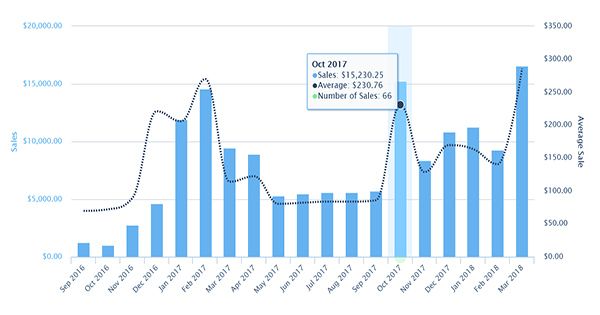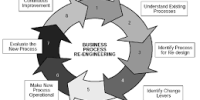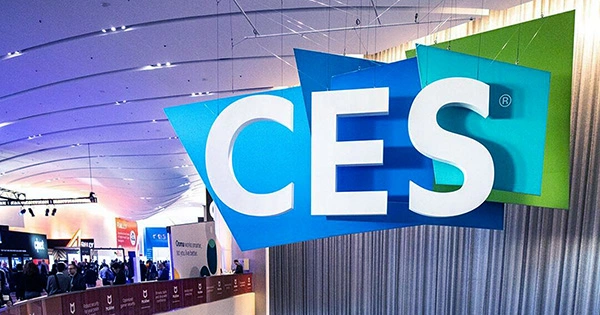Cohort analysis is a method of assessing your organization that involves categorizing clients into “cohorts” and tracking their behavior over time. Monthly cohort analysis is a standard strategy that groups consumers by the month they signed up, allowing you to see how someone who signed up in November compares to someone who signed up the month before. Compared to more basic and static metrics like averages or totals, cohort analysis provides a multivariate, forward-looking picture of your organization.
Assume you are the Chief Marketing Officer of the “Bluetooth Coffee Company.” You offer a “coffee composer” with technology that prepares coffee, counts consumption, and orders new coffee when consumers run out. You earn more money the longer your clients remain members, You just published a Black Friday story on a prominent bargains site and are wondering if you should do it again.
The graph below shows a basic analysis you may use to assess your marketing effectiveness. It illustrates the overall number of clients recruited each month, with a noticeable increase in November after the Black Friday sale. On the surface, things appear to be going well: you gained more than double the number of monthly clients in November compared to October.

However, before rebooking the deal, consider whether these additional Black Friday customers are as valuable as they appear. A smart technique to find out is to compare monthly client percentages.
From September 2020 to February 2021, monthly cohort analysis of new clients is provided below. We’ve included the monthly cohort size (calculated by dividing daily active users by monthly active users, or DAU/MAU for each month) as well as the customer engagement rate (calculated by dividing daily active users by monthly active users, or DAU/MAU for each month) (M1 is month 1, M2 is month 2, and so on).
According to the numbers above, the majority of cohorts have a customer engagement rate of 42 percent to 46 percent in their first month (M1, 42 percent to 46 percent), implying that 42 percent to 46 percent of new customers use the coffee composer on a daily basis.
The November cohort, on the other hand, shows much-reduced involvement (M1, 30%), which continues to fall in consecutive months (M2, 26%). M3, 27 percent, the consumer engagement rate dips solely with the November cohort, before reverting to normal with the December cohort (M1, 45 percent).
















